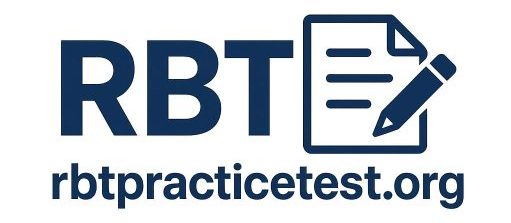RBT Practice Exam Test – Section D
This RBT behavior reduction quiz features 12 scenario-driven questions. All questions focus on extinction procedures, differential reinforcement, antecedent interventions, and punishment protocols, all essential for implementing effective behavior intervention plans.
Do this quiz to evaluate how well you understand ABA techniques for problem behavior.
If you wrap up this section, keep going with Practice Test Section E to review documentation and reporting skills.
